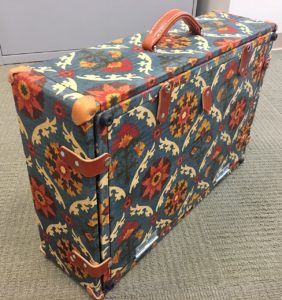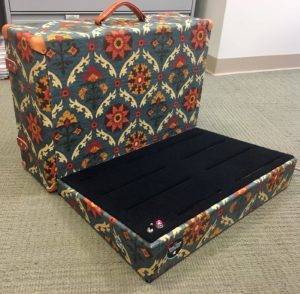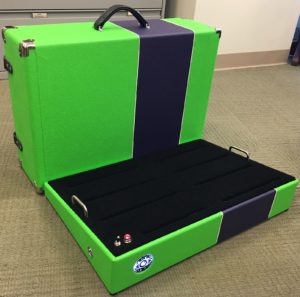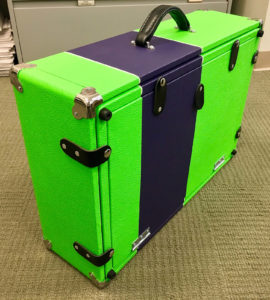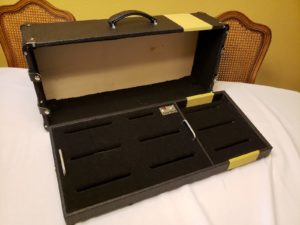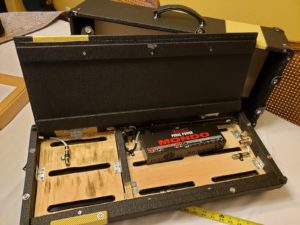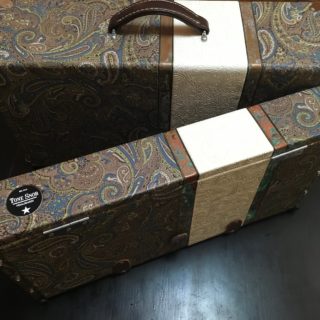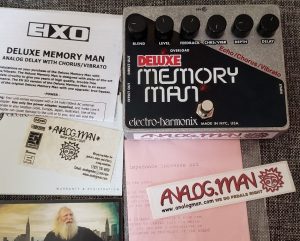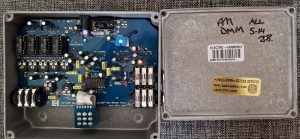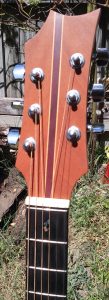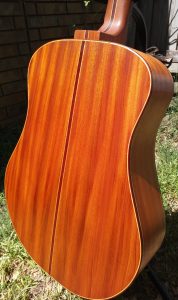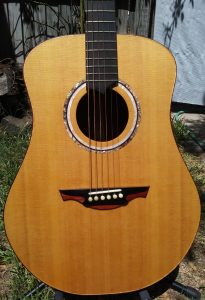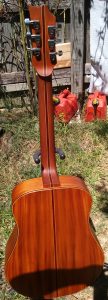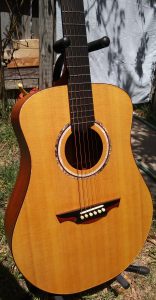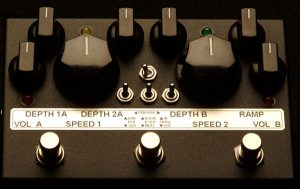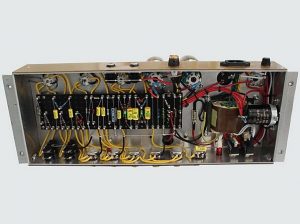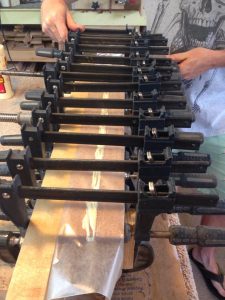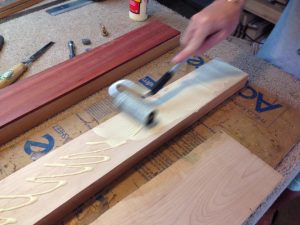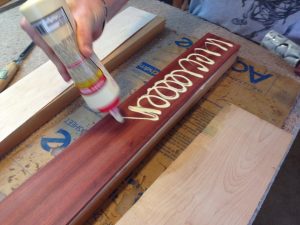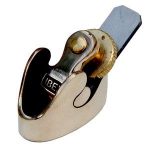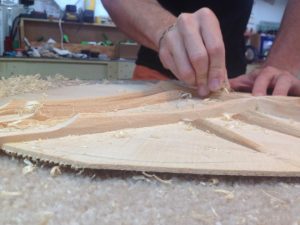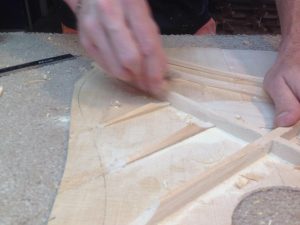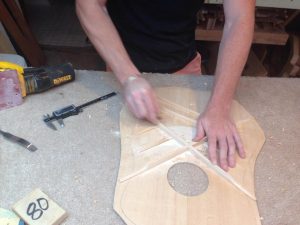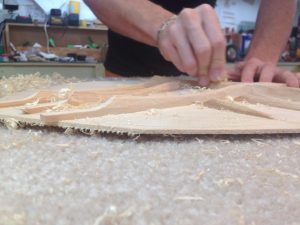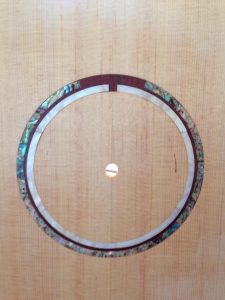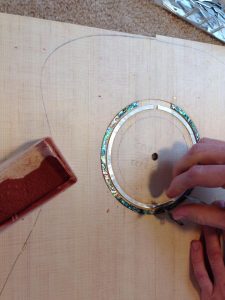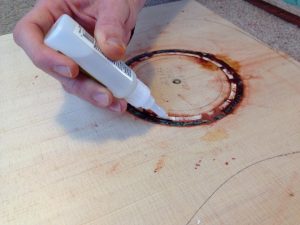
Zebrawood Telecaster
Zebrawood Telecaster custom built at Spencer Acoustics. I wanted one of these from Fender, but they cost 12,000 American dollars. Needless to say, I cannot afford that type of money, so I turned to the internet for sourcing my zebrawood materials. On ebay I found a gentleman selling a zebrawood body blank. It was a project he started 22 years ago and never finished. I told him I would finish it and send him pictures, but problem is I lost touch with this man.
The neck is a vintage Telecaster inspired Extreme V also zebrawood – baked zebrawood to be exact. This neck was oven roasted to produce a caramelized baked effect. The fingerboard material is cocobolo rosewood with amazing red and orange colors. The frets are gold as is every piece of hardware on the guitar.
This guitar is a chunk. A boat anchor for sure and that is why I never added strap buttons. I call this a Sit Down Special. Zebrawood is very dense and very heavy. You do not want to wrap this guitar around your neck. Just sit down and enjoy the roasted vintage inspired deep V neck carve and let the attack of the zebrawood delight you acoustically.
All gold hardware. Even the frets are gold!
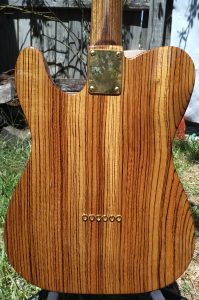
Solid zebrawood body telecaster.

Zebrawood Telecaster

Zebrawood Telecaster

Zebrawood Telecaster
Zebrawood Telecaster Spec Sheet:
–BODY
Guitar Model: Sit Down T
Body Wood: Zebrawood
Body Contours: Arm and Tummy
Body Binding: none
Body Color: Natural
Back Color: Natural
Body Finish / Aging: none
Body Inlay: none
Input Jack: Reassessed Carved
Bridge: Fender
Bridge Recess: none
Strap Button / Screw Color: No strap button
Electronics Mount: Reverse
Control Plate: Gold T Style
Pick guard: none
Tremolo Cavity Cover: none
Control Cavity Cover: none
–NECK
Neck Wood: Baked Zebra
Neck Color: Natural Nitro
Neck Finish: Hand rubbed oil
Neck Tint / Aging: none
Neck Back Shape: V
Depth at fret 1: .873
Depth at fret 12: 1.02
Neck Binding: none
Fingerboard Wood: Cocobolo
Fingerboard Radius / Roll: Extra roll
Fingerboard Finish: Hand rubbed oil
Frets: 21
Side Dots: Black Acrylic
12th Fret Inlay: none
Headstock: Vintage
Headstock Top Wood: none
Headstock Color: Natural
Headstock Finish: Gloss
Nut: 1.65, Bone
Tuning Gears: Kulson
Neck plate Engraving: none
–ELECTRONICS / SETUP
Neck Pickup: Charlie Davis
Middle Pickup: none
Bridge Pickup: Menalis Hot Bridge
Pickup Selector: 3-Way Blade
Optional Electronics: Reverse selector switch to accommodate rhythm player
Controls: Tone, Volume
Knobs: Gold textured
Customer Supplied:
Factory Accessories:
Case: Suhr gig bag
String Gauge: .010 – .046
Tuning: E Standard (E, A, D, G, B, E)
–SPECIAL REQUESTS
Body:
Neck:
Electronics: Reverse control plate neck=bridge bridge=neck
Accessories:
Setup:
Signature Request:


